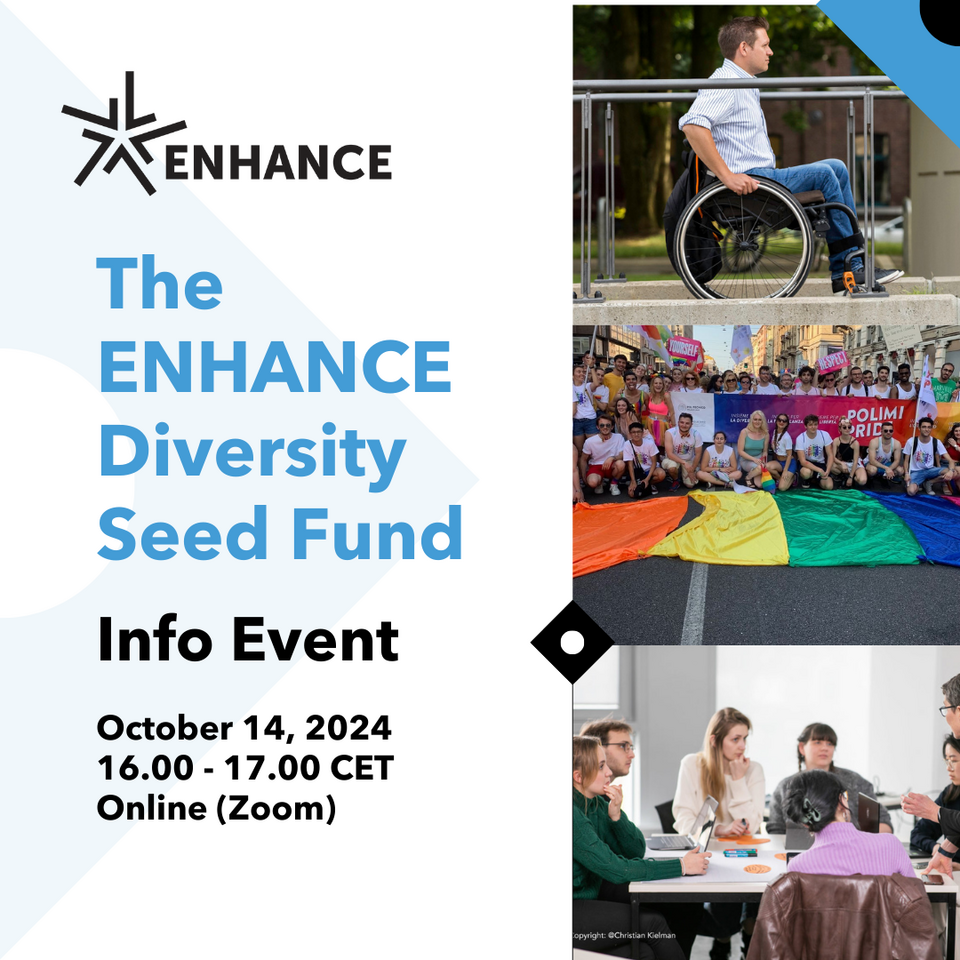Dr. ir. S. Grünewald
Steffen Grünewald is an Assistant Professor for the Concrete Structures Group of Delft University of Technology, a Guest Professor for the Laboratory Magnel for Concrete Research of Ghent University and R&D Manager of the Innovation Centre for Sustainable Construction. He studied Civil Engineering at Darmstadt University of Technology (DE). In 1999, he started as a researcher of the Concrete Structures Group of Delft University of Technology. In 2004, he completed his PhD-thesis on self-compacting fibre reinforced concrete and in 2005, a post-doctoral research on the effect of viscosity agents on self-compacting concrete. For his PhD-thesis, he was awarded 2007 the ‘fib Diploma to Younger Engineers’ (Winner category 'Research’), the international award that rewards the best PhD-thesis in the field of concrete and concrete structures. In the period 2005-2013, he was part-time Head of the Material and Quality Department of Hurks Prefabbeton, a Dutch producer of prefabricated concrete elements. Since 2005, he has been working as an Assistant Professor for the Concrete Structures Group (Section of Structural and Building Engineering) with the research focus of the development, optimisation and modelling of special concrete types like highly flowable, sustainable and/or (ultra) high performance concretes; the development, optimisation and modelling of special concrete types like highly flowable, sustainable and/or (ultra) high performance concretes; the integration of mix design, rheological characteristics, production optimisation and efficient and safe structural behaviour With regard to research projects he is actively fund raising, coordinating and supervising both on national and European level; he (co)authored 140 scientific publications. He is a member of several RILEM- and fib-committees related to the standardisation and the promotion of high performing and sustainable concretes and convenor of fib Task-group 4.3 ‘Structural Design with Flowable Concrete’. Education 1999: Civil Engineer, Technische Universität Darmstadt, Darmstadt (D) 2004: PhD research, Delft University of Technology, Delft (NL) 2010: International Welding Engineer (IWE), WTT Lasopleidingen Rotterdam (NL) Work Experience 1999 - 2004: PhD-research, Delft University of Technology (NL); 2004 - 2005: Postdoctoral researcher, Delft University of Technology (NL); 2005 - 2013: Head of Quality and Material Department, Hurks Prefabbeton, Veldhoven (NL); 2014 - 2016: Postdoctoral researcher, Magnel Laboratory for Concrete Research, Ghent University (BE); 2005 - today: Assistant Professor, Concrete Structures Group, Delft University of Technology (NL); 2014 - today: R&D Manager, Innovation Centre for Sustainable Construction, CRH Europe, Amsterdam (NL); 2016 - today: Guest Professor, Magnel Laboratory for Concrete Research, Ghent University (BE). Teaching Concrete Technology (Ghent University, Bachelor-program); Supervision of research (PhD-students, Bachelor and Master students). Research Optimisation and structural behaviour of fibre concrete and concrete with high flowability (i.e. ultra high strength concrete, self-compacting concrete (SCC), SCC with fibres); Composite-materials and -structures; Rheology and flow simulation; Structural design with new concrete types. Committee membership fib TG 4.2: ‘Ultra High Performance Fibre Reinforced Concrete’ (Member); fib TG 4.3: ‘Structural design with flowable concrete’ (Convenor); fib TG 4.5: ‘Performance-based specifications for concrete’ (Member); RILEM-Technical Committee TC-DFC: ‘Digital fabrication with cement-based materials' (Member); RILEM-Technical Committee TC-MRP: ‘Measuring Rheological Properties of Cement-based Materials' (Member); CUR Working Group ‘Geopolymer Concrete’ (Member). Special awards/prizes ‘Elkem-Grant’, Outstanding paper and presentation, RILEM-conference ‘Self-compacting concrete in Reykjavik/Iceland 2003; ‘fib Diploma to Younger Engineers’, Winner ‘Category Research’ 2007; Winner Competition Dutch Ministery ‘Rijkswaterstaat’'Repair of steel bridges with less effect on traffic’ 2009, with Hurks Prefabbeton; Dutch Concrete Awards; Winner: 2007 (Category: Execution), 2009 (Oeuvre Award), 2013 (Category: Execution); Nominations (2005 en 2009), with Hurks Prefabbeton. References Grünewald, S. (2004). “Performance-based design of self-compacting fibre reinforced concrete”, PhD-thesis, Delft University of Technology, Department of Structural and Building Engineering, Delft University Press, ISBN: 9040724873 Grünewald, S., Walraven, J.C. (2011). “Maximum Fiber Content and Passing Ability of Self-Consolidating Fiber-Reinforced Concrete”, In: Fiber-Reinforced Self-Consolidating Concrete: Research and Applications, ACI Symposium Publication, ISBN: 0-87031-398-3, p. 15-30 Laranjeira, F., Grünewald, S., Walraven, J., Blom, C., Molins, C., Aguado, A. (2011). “Characterization of the orientation profile of steel fiber reinforced concrete”, Journal of Materials and Structures (DOI: 10.1617/s11527-010-9686-s) Grünewald, S. (2012). “Fibre reinforcement and the rheology of concrete”, in: Understanding the rheology of concrete, Editor: N. Roussel, Woodhead Publishing Limited, ISBN: 978-0-85709-028-7, p. 229-256 Grünewald, S., Ferrara, F., Dehn, F. (2014). “Optimization of flowable concrete for structural design; Progress report of fib Task Group 8.8”, Proceedings of Concrete Innovation Conference (CIC2014), Oslo, ISBN: 978-82-8208-0415, p. 69 (Paper on CD) Blanco Alvarez, A., Cavalaro, S., Fuente, A. de la, Grünewald, S., Blom, C.B.M., Walraven, J.C. (2014). “Application of FRC constitutive models to modelling of slabs”, Materials and Structures, 48, pp. 2943–2959 Grünewald, S., De Schutter, G. (2016). “Effect of the mix design of self-compacting concrete”, Concrete Plant International, 5/2016, p. 46-50 Sonebi, M., Grünewald, S., Cevik, A., Walraven, J. (2016). “Neural network technique: modelling fresh properties of self-compacting concrete”, Computers and Concrete, DOI: 10.12989/cac.2016.18.4.903, Vol. 18, No. 4, pp. 903-920 Schipper, R., Grünewald, S., Troian, S., Prashanth, R., Schlangen, E., Çopuroğlu, O. (2017). “Assessment of concrete characteristics during the deliberate deformation of a flexible mould after casting”, in: Pecur, I.B. et al. (Eds.), Construction Materials For Sustainable Future, Proceedings of the 1 st Int. Conference CoMS_2017, Zadar, Croatia, ISBN: 978-953-8168-04-8, p. 255-261 Van Der Vurst, F., Grünewald, S., Feys, D., Lesage, K., Vandewalle, L., Vantomme, J., De Schutter, G. (2017). “Effect of the mix design on the robustness of fresh self-compacting concrete”, Cement and Concrete Composites, 82, pp. 190-201 More information click here Steffen Grünewald (+31) (0)15 2784580 S.Grunewald@tudelft.nl Department Engineering Structures Concrete Structures Building 23 - Room S2 1.05 Publications: Pure





